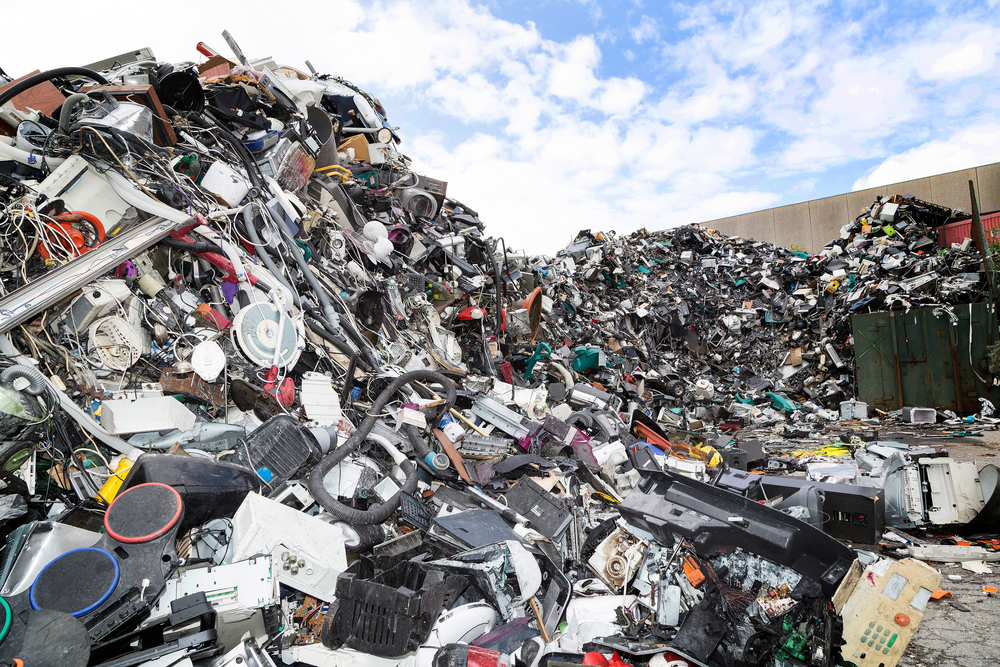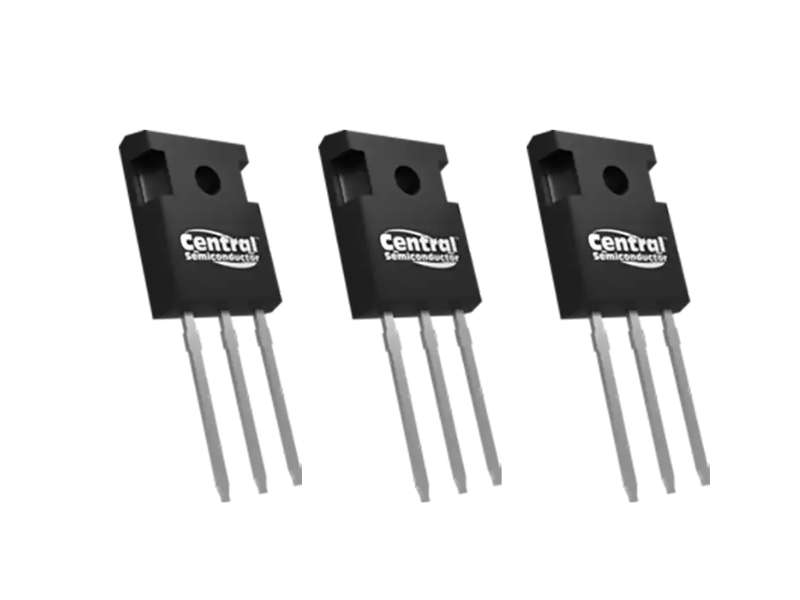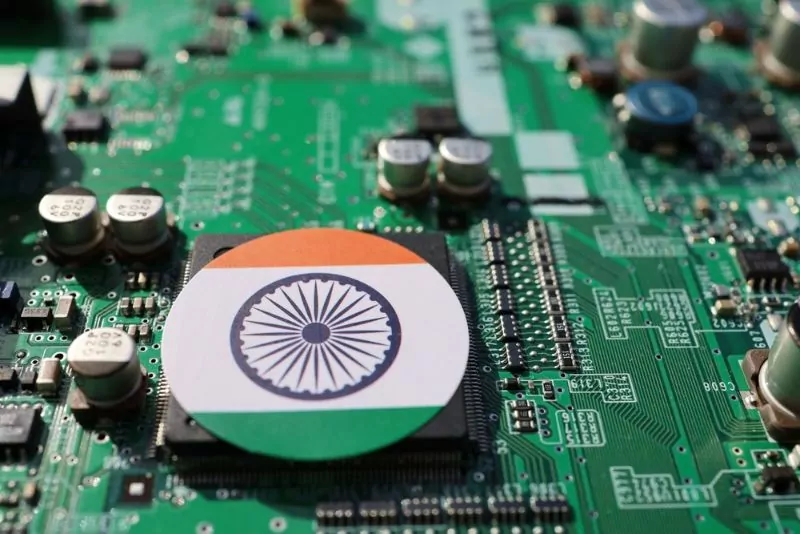The world is accumulating mountains of e-waste. A staggering 62 million tons were generated in 2022 alone – enough to fill over a million heavy-duty trucks. Yet, despite containing billions of dollars’ worth of precious metals, only 22% of this toxic tide is properly recycled, reveals a damning new UN report.
The problem is escalating rapidly. E-waste generation is expected to surge another 32% by 2030, fueled by relentless consumption, product obsolescence, and inadequate waste management, posing significant challenges for both the environment and global supply chains. E-waste is packed with hazardous materials that pose severe risks to human health if not treated responsibly.
Meanwhile, the critical metals essential for future technologies – the very stuff we need to transition to green energy – are being dumped, not recovered. The report finds a mere 1% of demand for these rare earth elements is met through recycling, a staggering missed economic opportunity.
The root of the problem lies in a staggering mismatch between waste generation and recycling capacity. “The surge in e-waste requires urgent attention,” warns UNITAR Executive Director, Nikhil Seth.
The potential benefits of action are clear. If nations could achieve a 60% collection and recycling rate by 2030, economic gains could exceed $38 billion, along with significant environmental and health benefits. The UN calls for urgent regulations, investment in infrastructure, and a global commitment to a circular economy for electronics.
“Business as usual can’t continue,” says UNITAR’s Kees Baldé. Right now, we’re squandering resources, harming the planet, and leaving future generations a mountain of toxic waste. This crisis demands swift, systemic change.
Unregulated E-waste increases the risk of counterfeit parts entering the supply chain. Many of the electronics components are collected and refurbished and reenter the market, where they are misrepresented as new. Components from e-waste undergo comprehensive processes to disguise wear and tear, including thinning, polishing, and re-marking to indicate false date codes and device types.
For more help with looking at supply chain options, contact Astute Electronics






